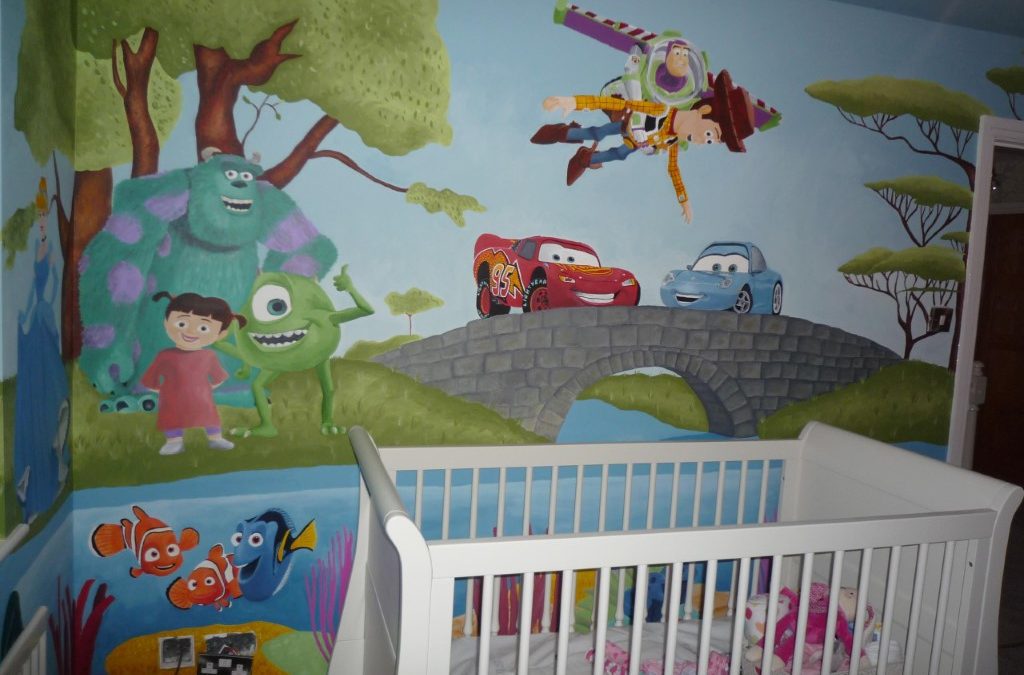Understanding the Psychology Behind Designing for Children: Creating Engaging and Stimulating Spaces
Designing spaces for children goes beyond aesthetics; it delves into the realm of psychology, understanding how environments impact children’s development, behavior, and well-being. From vibrant playrooms to nurturing classrooms, the design of spaces where children learn, play, and grow plays a significant role in shaping their experiences and fostering their cognitive, emotional, and social development. Let’s explore the fascinating psychology behind designing for children and discover key principles to create engaging and stimulating environments.
Understanding Developmental Stages: Designing for children requires a deep understanding of their developmental stages and unique needs at different ages. From infants to adolescents, each stage brings distinct cognitive, physical, and emotional characteristics that influence how children interact with their surroundings. For instance, infants and toddlers thrive in environments that stimulate their senses with bright colours, soft textures, and interactive elements, while older children benefit from spaces that promote exploration, creativity, and autonomy.
Incorporating Play and Exploration: Play is a fundamental aspect of childhood that fosters imagination, creativity, and problem-solving skills. When designing for children, it’s essential to prioritise spaces that encourage play and exploration. Incorporate elements such as play structures, activity stations, and open-ended materials that spark curiosity and invite children to engage in imaginative play. Designing flexible and adaptable spaces allows children to explore and experiment at their own pace, promoting autonomy and self-discovery.
Creating a Sense of Comfort and Security: Children thrive in environments that provide a sense of comfort, safety, and security. Consider the use of warm, soothing colours, soft furnishings, and familiar elements that evoke a nurturing atmosphere. Pay attention to the scale of furniture and fixtures to create spaces that feel cozy and inviting, allowing children to feel relaxed and at ease. Incorporating personal touches such as photos, artwork, and familiar objects can also help create a sense of belonging and connection within the environment.
Promoting Learning and Development: Designing for children offers opportunities to support their cognitive, emotional, and social development through intentional design choices. Consider the use of educational materials, interactive displays, and learning zones that facilitate exploration and inquiry-based learning. Create opportunities for collaboration and peer interaction by designing communal spaces where children can engage in group activities, discussions, and cooperative play. By integrating learning opportunities into the physical environment, designers can inspire curiosity and foster a love for lifelong learning.
Embracing Creativity and Expression: Children are naturally creative beings with boundless imaginations. Designing spaces that celebrate creativity and self-expression encourages children to explore their interests, express themselves, and unleash their artistic talents. Incorporate areas dedicated to artistic endeavors such as drawing, painting, and crafting, providing children with the tools and resources to unleash their creativity. Displaying children’s artwork and creations throughout the environment celebrates their achievements and reinforces a sense of pride and ownership in their surroundings.
Promoting Sensory Engagement: Children experience the world through their senses, and designing for sensory engagement can enhance their overall experience and learning outcomes. Integrate elements that stimulate the senses, such as textured surfaces, interactive installations, and natural materials that invite tactile exploration and sensory discovery. Consider incorporating elements of nature, such as indoor plants and natural light, to create calming and sensory-rich environments that promote well-being and connection with the natural world.
In conclusion, designing for children is a dynamic and multidimensional process that requires a nuanced understanding of child development, psychology, and individual needs. By incorporating principles that prioritize play, exploration, comfort, learning, creativity, and sensory engagement, designers can create environments that inspire wonder, foster growth, and nurture the holistic development of children. Ultimately, designing for children is about creating spaces where imagination knows no bounds and every child feels seen, valued, and empowered to thrive.

